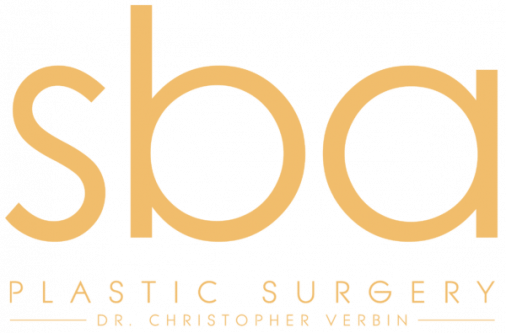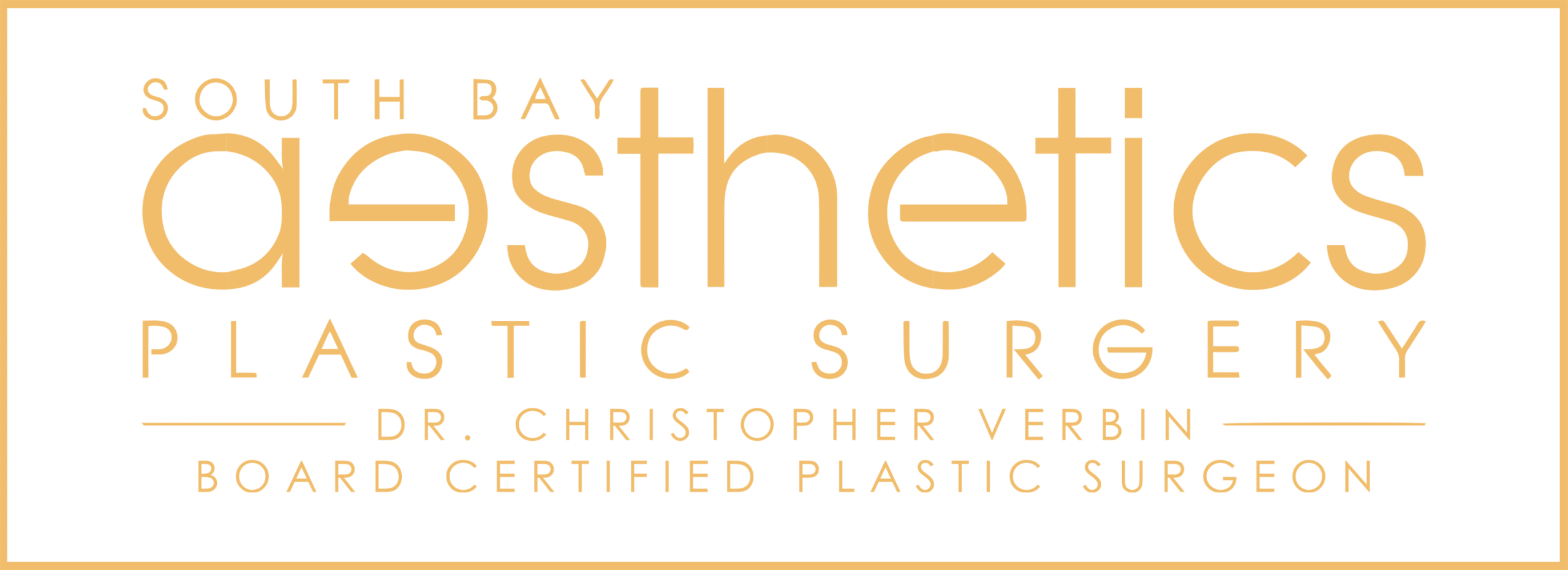In the dynamic world of cosmetic enhancements, treatments that are simple, fast, and non-invasive stand out. Cosmetic injectables have changed the way we address signs of aging and enhance natural beauty, offering results without the downtime of traditional surgery.
Dermal fillers and Botox both aim to rejuvenate the face and reduce signs of aging, but they function quite differently. Understanding the differences between the treatments can help you to choose the right treatment for your personal goals. At South Bay Aesthetics Plastic Surgery Center, we are eager to help, and our consultations are the perfect starting point.
An Overview of Dermal Fillers
What Are Dermal Fillers?
Dermal fillers are a type of cosmetic treatment that can rejuvenate the skin with just a few injections. Their primary role is to replenish volume that has been lost and to soften lines, enhancing the overall shape and contours of the face. These fillers work beneath the skin, lending support and restoring structure in areas where aging has led to a decrease in elasticity and volume. This action contributes to a more youthful and invigorated look. The application of dermal fillers is customizable and suitable for various facial regions.
What Are the Different Types of Dermal Fillers?
- JUVÉDERM®: This brand of dermal filler is known for its smooth consistency and long-lasting effects. JUVÉDERM products are used to address wrinkles and lines around the mouth and nose, as well as to enhance lip volume. They contain hyaluronic acid, a hydrating gel found in the skin, joints, and eyes.
- Restylane®: Similar to JUVÉDERM, Restylane products also use hyaluronic acid. However, they have slightly different formulations, making them suitable for different applications. Restylane can also be used for lip enhancement and defining facial contours, and it can offer robust, long-lasting results.
- Sculptra®: Unlike traditional dermal fillers, Sculptra is a biostimulator made with poly-L-lactic acid. It works slowly instead of right away, prompting gradual production of collagen, leading to a more subtle and natural-looking improvement over time. Sculptra is often used to treat deep facial wrinkles and to restore facial volume loss due to aging.
What Can Cosmetic Fillers Treat?
Cosmetic fillers can treat nasolabial folds, vertical lip lines, and other wrinkles and fine lines around the nose and mouth. They also enhance facial contours to areas such as the chin, jawline, and cheeks and can restore volume to cheeks and lips.
How Long Do Cosmetic and Injectable Fillers Last?
The longevity of injectable fillers is influenced by the specific type used and the treated area. Generally, these fillers maintain their results for a period ranging from six months up to two years. The lasting effect of the filler is also dependent on individual factors like lifestyle, skin type, and age. Patients should hold realistic expectations regarding the outcomes and be aware that ongoing treatments might be needed to sustain the desired effects over time.
Are Dermal Filler Results Immediate?
The results from hyaluronic acid dermal fillers are immediate. Patients can notice an enhancement right after the treatment. However, it may take a few days to a couple of weeks for the filler to fully settle into the facial tissues and for any minor swelling or bruising to subside. This means the final, optimal results are seen a little after the first treatment.
An Overview of Botox
What Is Botox?
Botox, a brand name for an injectable botulinum toxin treatment, is a non-surgical cosmetic treatment known for its ability to reduce the appearance of dynamic facial wrinkles. It’s derived from a neurotoxin produced by the bacterium Clostridium botulinum. Botox is extensively used in aesthetic medicine because of its effectiveness in temporarily paralyzing small facial muscles, leading to smoother skin and a more youthful appearance.
How Does Botox Work?
Botox treatment functions by inhibiting nerve signals in the targeted muscles, leading to a temporary relaxation of those muscles. This effect prevents the muscles from contracting, which, in turn, reduces the occurrence of wrinkles in the treated areas. By limiting muscle movement, Botox effectively diminishes dynamic wrinkles that develop as a result of facial expressions such as frowning, raising the eyebrows, or smiling.
What Does Botox Treat?
- Glabellar Lines: The frown lines or “elevens” between the eyebrows
- Crow’s Feet: Fine lines around the corners of the eyes
- Forehead Lines: Horizontal lines and creases on the forehead
- Jawline Slimming: Reducing the masseter muscle for a softer jawline
- Gummy Smile Correction: Reducing the excessive visibility of the gums when smiling
- Chin Dimpling: Smoothing the dimpled appearance of the chin
Are There Other Neuromodulators?
Yes, besides Botox, Dysport® is another well-known botulinum toxin treatment. While both Botox and Dysport serve similar purposes in smoothing wrinkles and fine lines, there are slight differences in their formulation and diffusion properties. Both neuromodulators are effective and can be chosen based on specific patient goals and the recommendation of the treatment provider.
How Long Does Botox Last?
The effects of Botox treatment typically last between three and four months. The duration can vary based on factors such as the area treated, the individual’s muscle strength, and their metabolic rate. Regular maintenance treatments can be used to keep your skin smooth and fresh.
How Long Does Botox Take to Work?
Botox injections generally start to show results within a few days, but it can take up to two weeks to see the full effect. The onset time can vary slightly from person to person. Patients should expect to see a gradual improvement in the appearance of treated areas over this period.
Choosing the Right Treatment for You
Selecting the most suitable treatment, whether dermal fillers or Botox, involves considering several factors. Your aesthetic goals, specific skin concerns, medical history, and any known allergies can be part of the decision. Make sure to discuss all of these with us, and we can find the right treatment for you.
Can These Treatments Be Used Together?
Yes, fillers and Botox can be used together to address different aesthetic concerns. This combination can provide a more comprehensive approach to facial rejuvenation, depending on the results you are looking for.
Discover Which Injectable Is Right for You
The right treatments can help lift and smooth your face, giving you a more youthful look. At South Bay Aesthetics Plastic Surgery Center, we are proud to serve patients in Torrance, CA, and to pair them with the right solutions. For more information or to schedule a consultation, contact us at (310) 539-6500 or complete our online form.

